As an Amazon Associate I earn from qualifying purchases
When it comes to Wicca and witchcraft, pretty much everything has the potential to be a magickal object. That being said, some items show up in spells and rituals much more than others. There are some basic Wiccan supplies that you should have on hand at all times.
Having a well-stocked witch’s pantry can improve your magickal life in three main ways:
- Things will run more smoothly. No more last-minute trips to the store for an item you forgot!
- It will keep your sanity in check. Nothing frustrates me more and takes me out of the magickal mindset like running out of important items!
- Your magickal life can be more spontaneous. There will be nothing holding you back from casting a spell when the mood strikes you!
In this article, we’re taking a look at seven basic Wiccan supplies that you should always keep in stock. These might not be the only things you’ll ever use, but they’re definitely the most common.
And keep in mind that we’re talking about supplies in this article–not tools. Wiccan tools (like a wand or athame) are typically one-time purchases and are reusable across all sorts of spells and rituals. Today, we’re looking at Wiccan supplies–i.e. things that you can actually run out of.
Let’s begin!
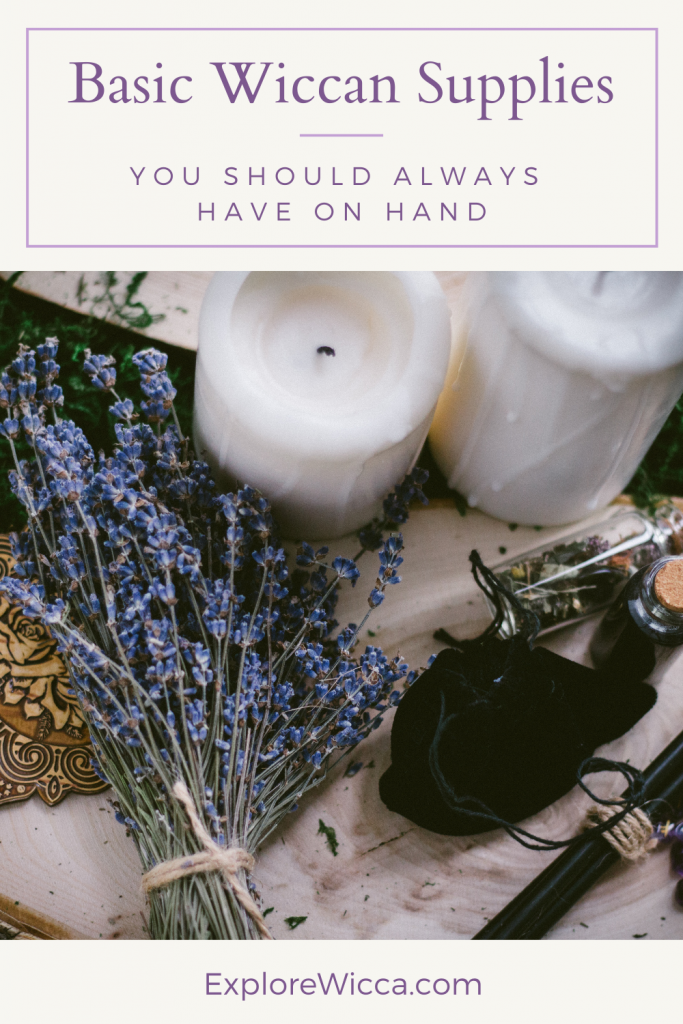
Table of Contents:
Candles
Ribbons & Rope
Oils
Incense
Dried Herbs
Salt
Glass Jars
Candles
There’s nothing I go through quicker than candles, and I would imagine that there are a lot of Wiccans out there who experience the same thing. Having a healthy mix of shapes, sizes, and colors is a must.
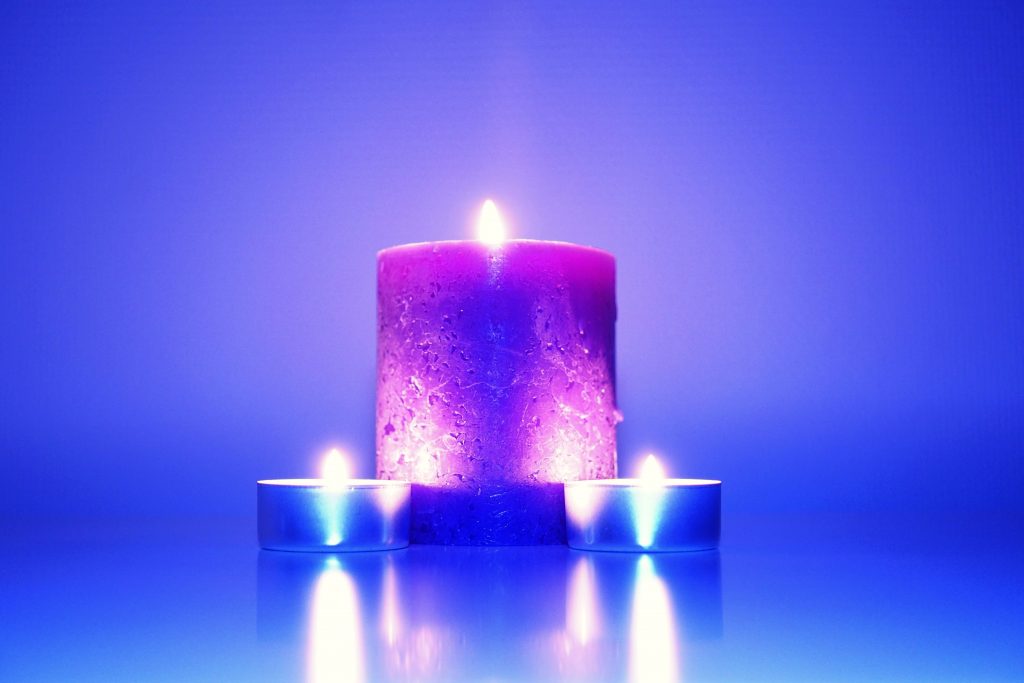
Types of Candles and Their Uses
There are few different types of candles available to use for spells, so let’s take a quick look at those different kinds and what situations they’re best in.
Pillar Candles
Pillar candles are the large ones that look like, well…pillars! Depending on the specific style and size they may have one or more wicks.

These candles can burn for upwards of 50 hours, so they’re great for long-term magick. If you’ve got a spell that requires you to burn a candle daily over the course of days, weeks, or months, a pillar candle is the way to go.
Votives, Tealights, and Taper Candles
Votives, tealights, and taper candles have their unique differences, but when it comes to magick, I think it’s fine to group them together, as they all can serve similar purposes.
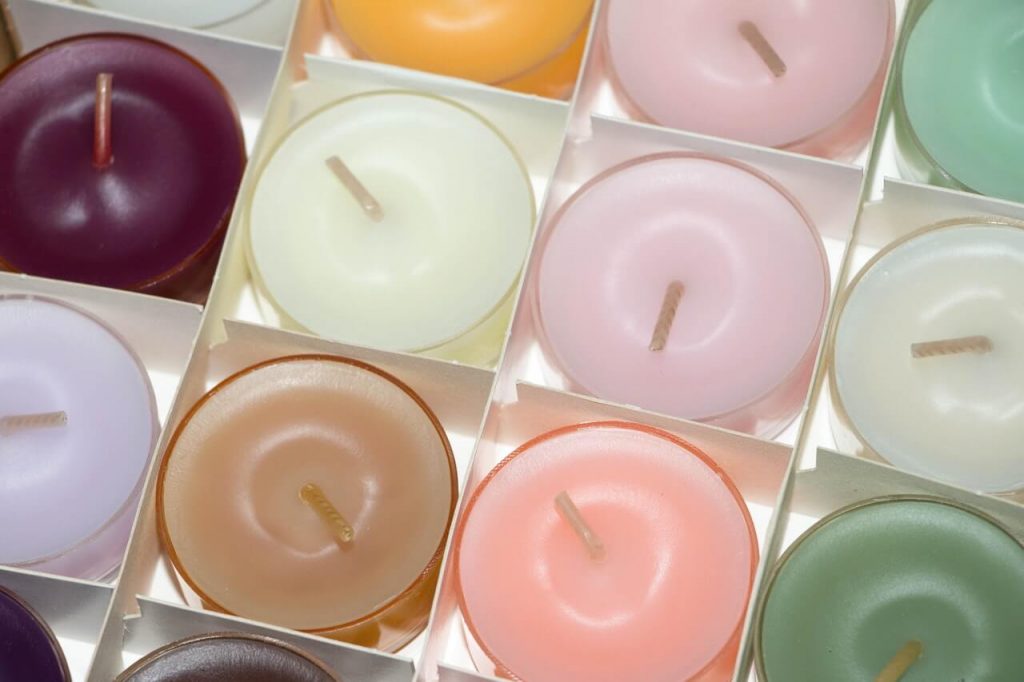
Whether you choose votives, tealights, or taper candles, they’ll be smaller and burn for less time than pillar candles, which makes them a good choice for short-term magick. Specifically, they work great for the following purposes:
- Magick where the candles are more decorative than essential
- Magick where a candle needs to burn only for the duration of a single ritual
What Candles Should I Have On Hand?
How many and what kind of candles you have on hand is a matter of personal preference. If you’re a witch on a shoestring budget living in a studio apartment, boxes of candles is probably not a good idea. Conversely, if you’re an active Wiccan who’s always performing new spells, a single bag of cheap tealights is not going to cut it.
At the bare minimum, I suggest a healthy mix between pillar candles and the others, with a range of different colors.
Candle sets are available, which can make hunting for the correct hue so much easier. But if that’s not an option, I would recommend at least searching for white, red, and black candles–as those colors tend to pop up in spells more than others.
Ribbon and Rope
Ribbons are a very versatile tool within Wicca and witchcraft, and their cousin, the sturdy, trusty rope is pretty useful itself. Let’s take a look at why these tools are important to have around.
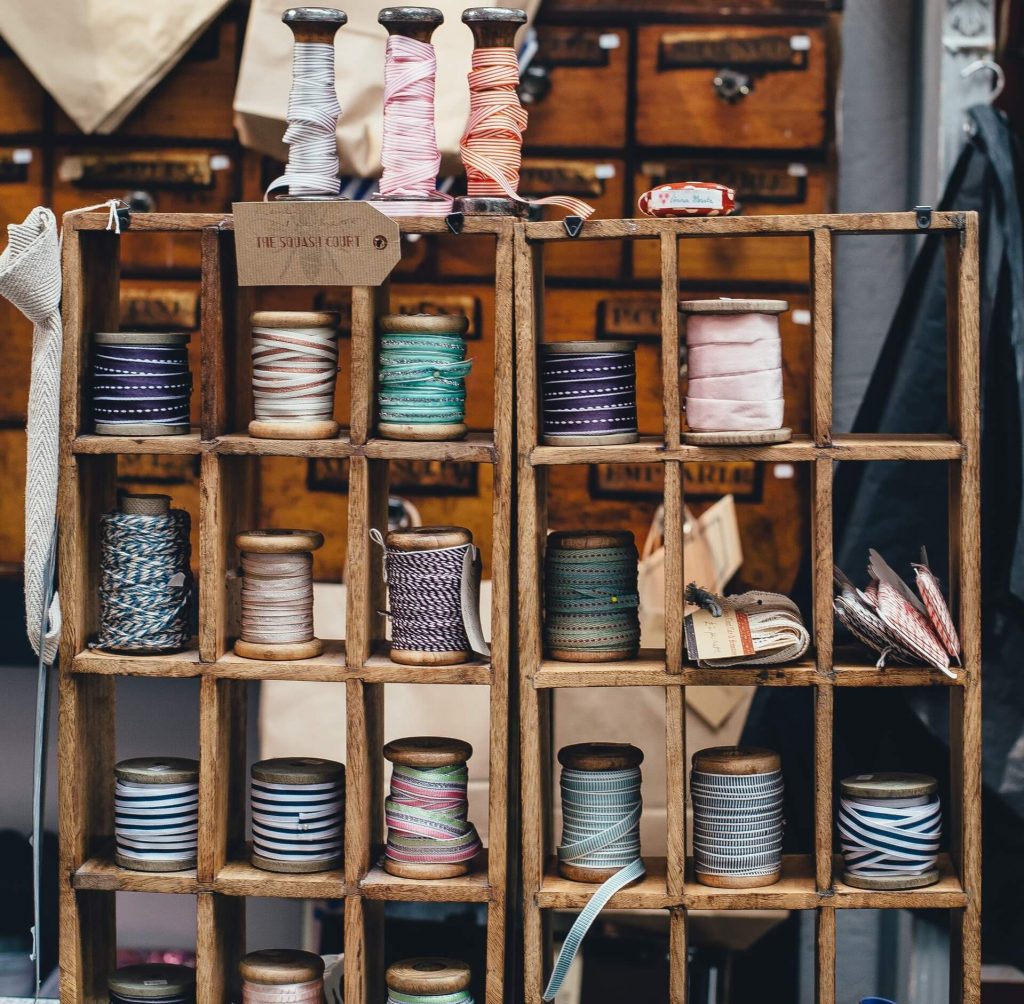
Ribbon Uses
Ribbons are an easy and effective way to layer on correspondences in your spells–especially in candle magick. Adding different-colored ribbons into the mix will help to amplify and subtly alter the energy you’re conjuring.
For example, a purple candle on its own might represent psychic powers or divination, but a purple candle tied with a silver ribbon could represent channeling the spirit of a god or goddess.
Additionally, ribbons will get a lot of use when it comes to crafting magickal objects. Tying a ribbon around a talisman or tool can help secure its energy and keep it focused.
Rope Uses
Rope might not be quite as versatile as ribbons are, but it’s still good to have a bit around when you need it.
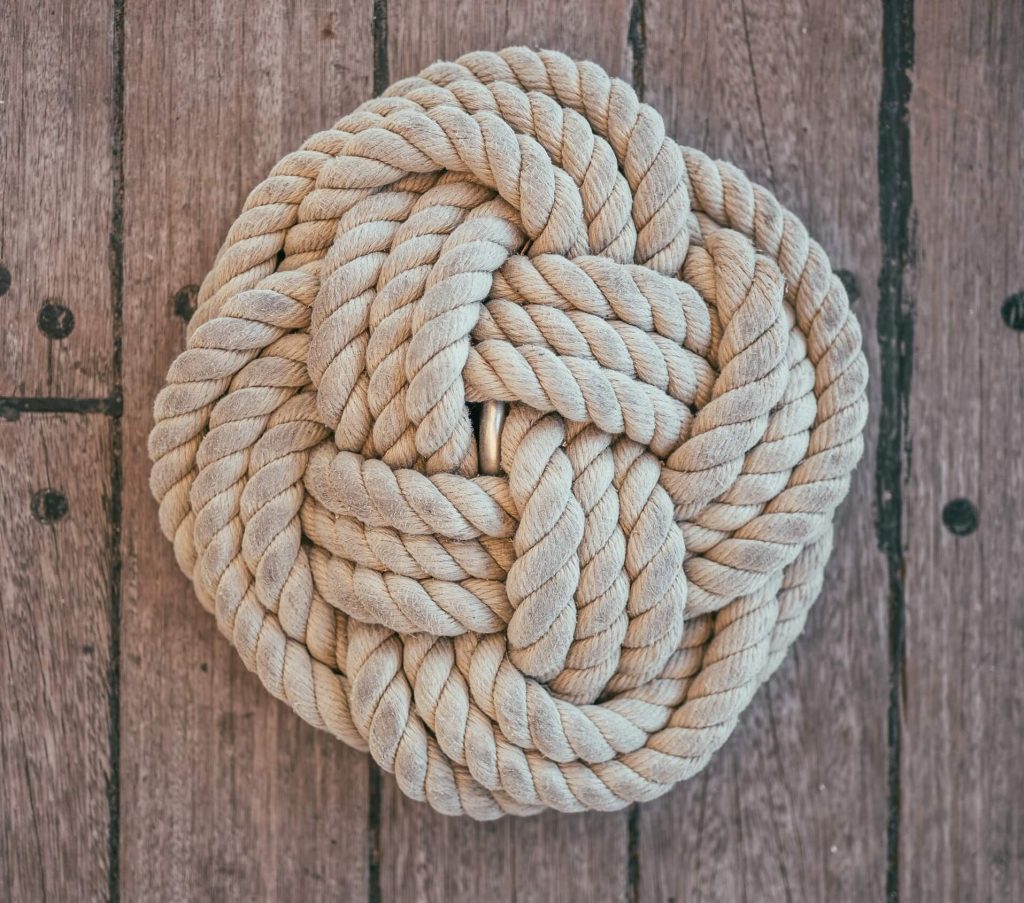
Many binding spells use rope as a physical symbol of binding unwanted, negative energy. And rope obviously features heavily within the practice of knot and cord magick.
What Ribbon and Rope Should I Have On Hand?
Like with candles, ribbon sets are easily available, and they can be quite affordable as well. This is probably the quickest and most cost-effective way to obtain a variety of colors. If that’s not an option, I would simply suggest buying ribbon spools as the need comes up in your spellwork. It’s not the quickest way to build up a collection of different colors, but it will still work.
As for rope, there’s no need to get super fancy with things. I suggest natural fiber rope that fits easily in your hands and isn’t a challenge to work with–something in the 1/8th of an inch to 1/4th of an inch range.
Oils
As strange as it might sound, essential oils can play a significant role in rituals and spells. Forget the kitchen and the car–lets see why oil is one of the basic Wiccan supplies you should always have on hand.
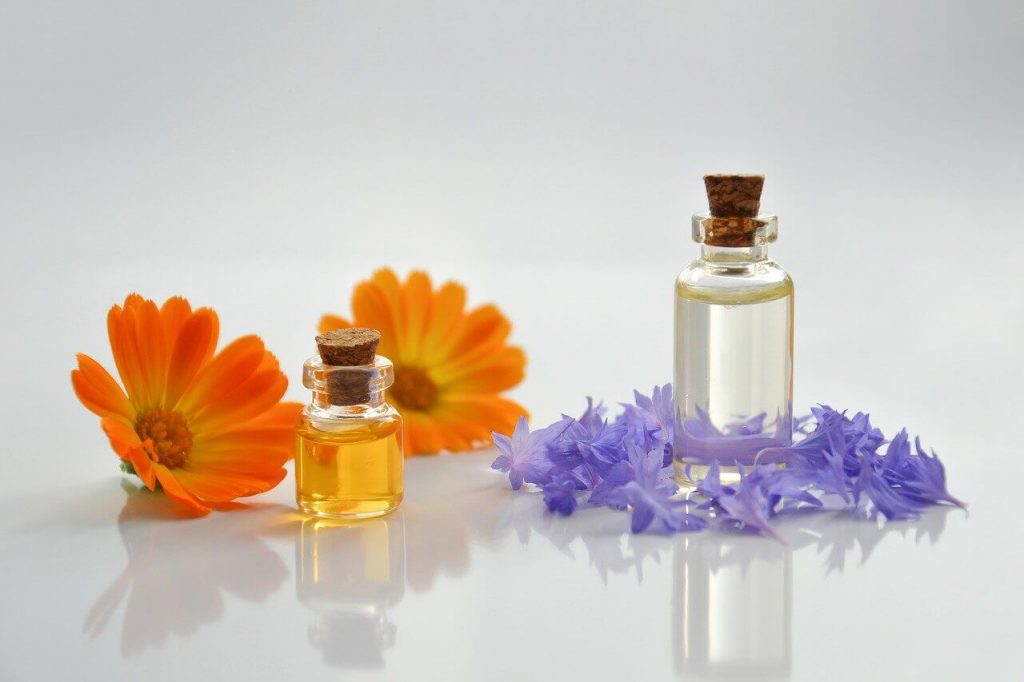
Oil Uses
Most commonly, you’ll see Wiccans use oils to dress candles. This process helps to both cleanse and consecrate the candle. Any lingering negative energy is removed, and the object is infused with magickal intention and energy as the oil is ritualistically spread over the surface.
However, this process isn’t just for candles–oil can be used to bless all sorts of objects.
Additionally, some witches and Wiccans will anoint themselves or others with oil to experience its energies and power firsthand.
What Oil Should I Have On Hand?
Like with many of the other items on this list, I would recommend an essential oil kit for those who have no oils already on hand. These are a great way to get a wide variety of scents and the unique correspondences and energies that go along with them.
It doesn’t take a ton of an essential oil to experience its magickal effects, so I think that a kit with small bottles and a wide variety is definitely the way to get the most bang for your buck in this situation.
Please be warned: There is some risk involved with the use of essential oils. Undiluted oils can irritate the skin, or in some cases, lead to more serious health problems. Do your research about diluting and safely handling essential oils before you begin to incorporate them into your magick–especially if you’ll be applying the oil directly to your skin.
Incense
For Wiccans and witches, incense is another great supply to always have at the ready. But it’s not all about scent–let’s take a look at why this is such an essential item for magick.
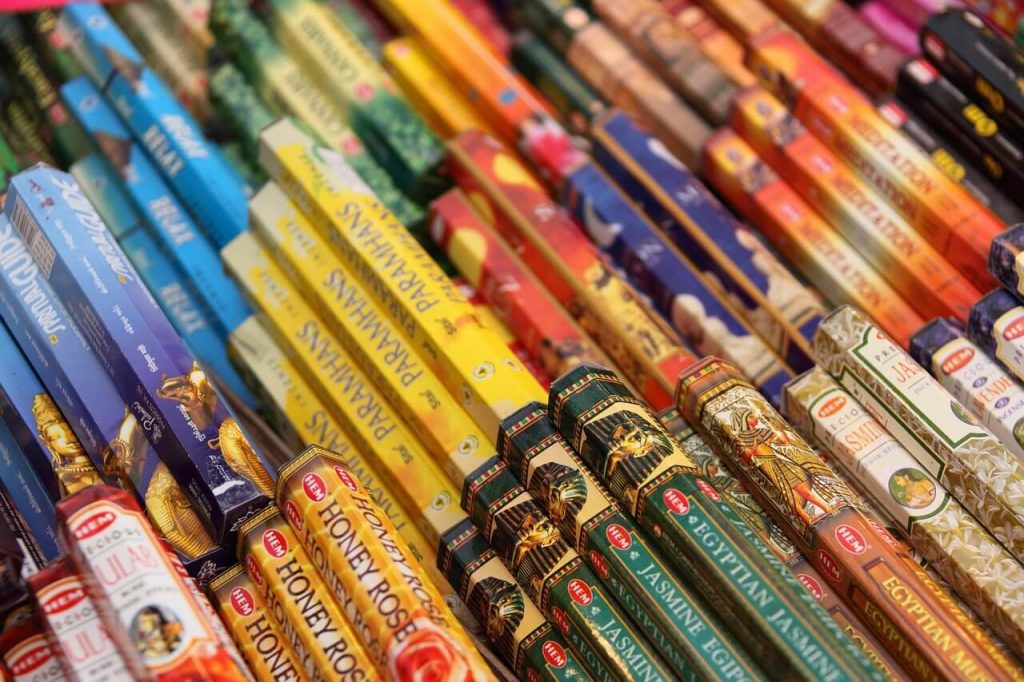
Types of Incense and Their Uses
Incense is used all around the world, so it should be no surprise that there are a wide variety of types to explore. However, the three you’ll most commonly encounter are stick incense, cone incense, and resin incense.
Stick Incense
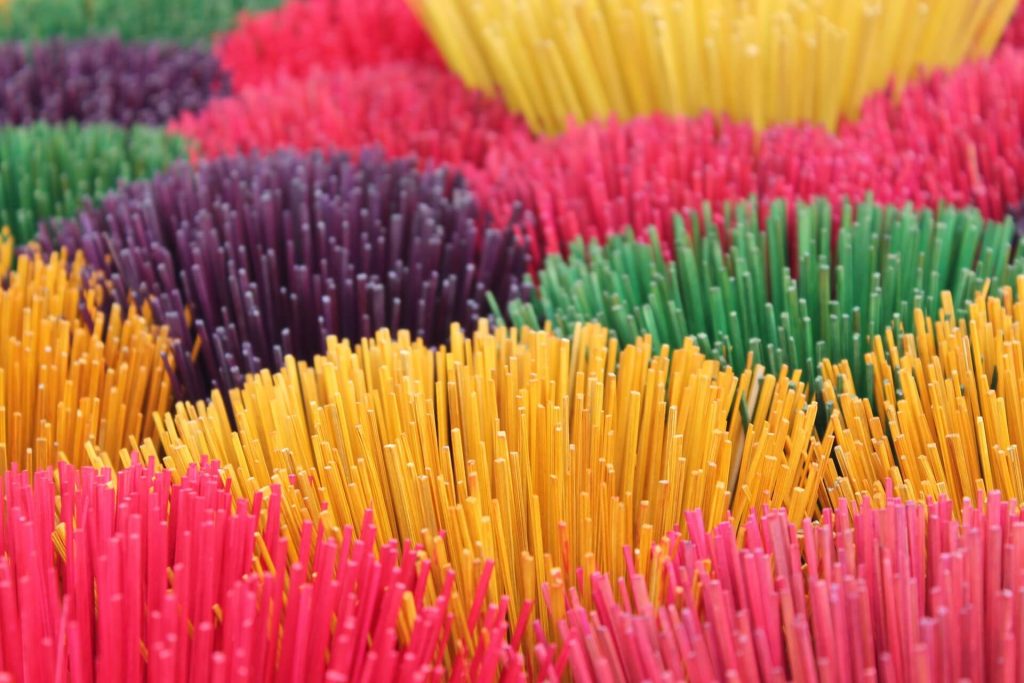
Incense in stick form is probably the most prevalent type available in the West. Like the name implies, the incense is shaped into a long, thin stick that is lit and allowed to smoulder. This type of incense is widely available and easy to use.
Cone Incense
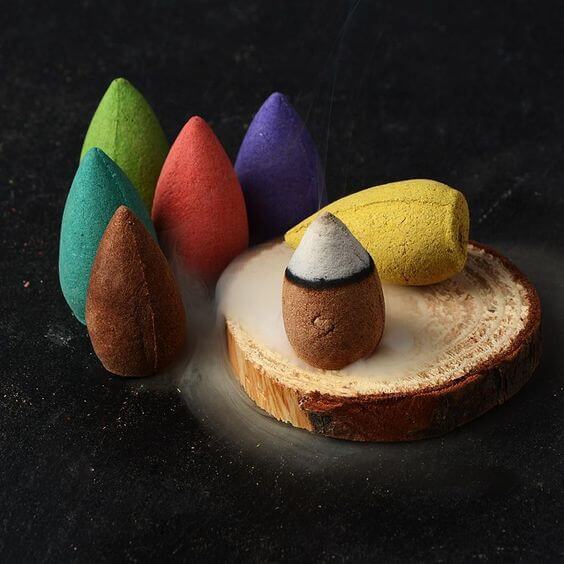
Cone-shaped incense is another common form, but it’s not necessarily as popular as stick incense. These cones are short and squat, and they typically give off more smoke than the stick variety.
Resin Incense
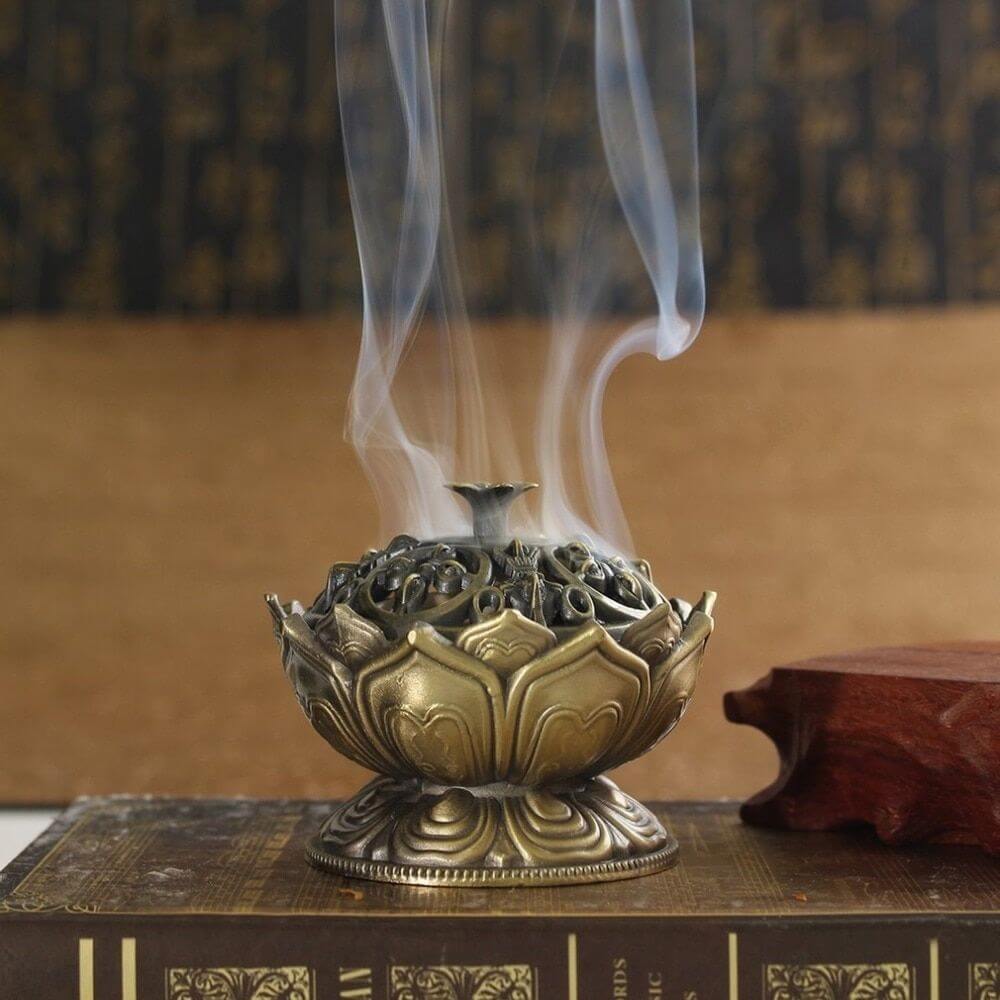
Resin incense comes in small rocks of resin and is one of the oldest forms of incense around. Unlike the other forms we’ve covered, resin incense doesn’t burn on its own–instead, it must be placed on a smoldering charcoal disk, which heats the resin and releases smoke. This type of incense is typically very pungent.
Incense Uses
No matter the type of incense used–it’s more of a personal preference when it comes to magick–its function stays the same. Incense is a great way to add a new dimension to your spellcasting.
So often, rituals effectively engage the sense of sight with elaborate symbolism and action, but the other senses are not always as engaged. Incense is the perfect way incorporate the sense of smell into that process as well. The wide variety of scents available allow almost endless possibilities when it comes to adding complexity and depth to the correspondences and energies used in your magick.
Additionally, incense is often associated with the element of air. This means it’s the perfect inclusion in elemental magick, but it can also be useful when invoking or communicating with deities.
What Incense Should I Have On Hand?
For incense newbies, I suggest going with stick incense and a simple incense holder. While I personally love the interesting smells, not everyone can tolerate them. Stick incense is a cost-effective way to test the waters and see if it’s for you.
For those that already use incense and want to take things to the next level, I would suggest resin incense and a nice, witchy censer.
If you’re having a hard time choosing scents, I (like always) would recommend some sort of set or kit. It takes the agony of making a decision out of your hands, but you still end up with a healthy mix of scents to experiment with. You can always stock up once you find a few personal favorites!
Dried Herbs
If you’re at all a fan of plant magick, herbs are a must. While using fresh herbs in your spells is sometimes a better option, the dried varieties are not inferior–they simply have different uses. Let’s take a look at what those uses are.
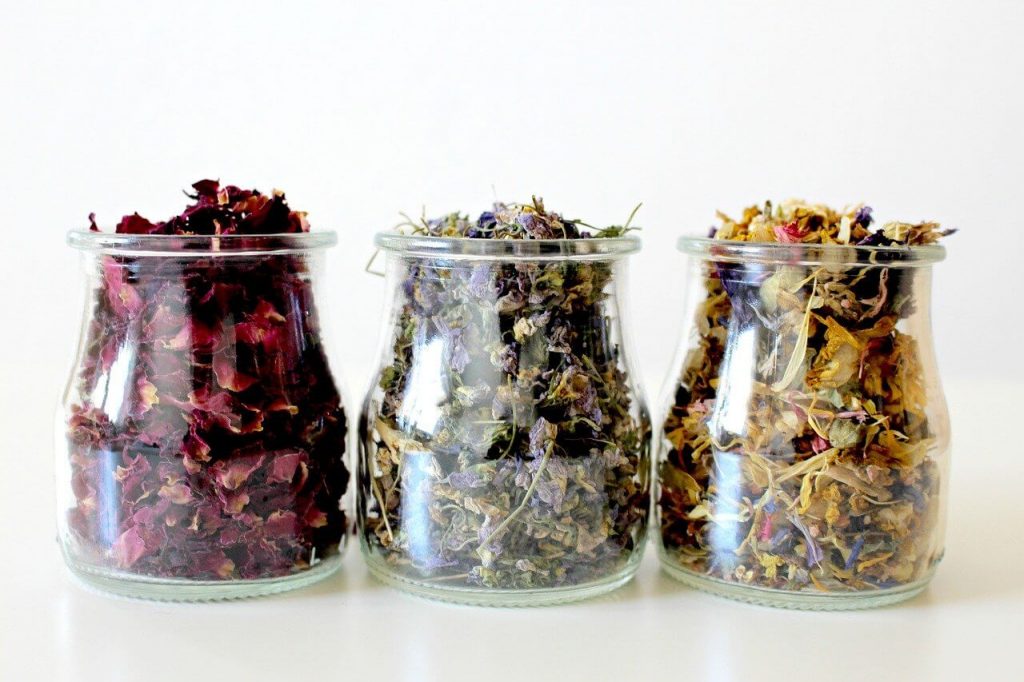
Dried Herb Uses
Sachets are small bags filled with fragrant herbs and flowers. While fresh herbs will have a stronger aroma, that’s not always a good thing if you don’t like the scent. Using dry herbs in sachets is a good way to include the energies of a given herb without it overpowering the scent of the sachet.
Similarly, dried herbs are a great way to create cost-effective magickal tinctures. At their most basic, tinctures are concoctions where flowers and herbs are steeped in alcohol over a long period of time. This process helps imbue the liquid with the correspondences and energies of the specific herbs.
While you can make tinctures with fresh herbs, it typically takes a TON of leaves to make an effective tincture. Dried herbs are usually less expensive than fresh ones, meaning that your tinctures won’t cost as much to make, even if you’re using quite a bit of plant material.
What Dried Herbs Should I Have On Hand?
If you have experience with using herbs in your spells, I would suggest stocking up on those herbs that show up the most, with a few wild cards thrown in that you’re interested in trying.
However, if you’re new to all of this, once again, I’m going to suggest a kit. Herbal kits can be found everywhere, and there are even ones tailored specifically to Wiccans and witches. They’re the perfect way to get a good sampling and see what you like.
Please note, I would suggest against using the herbs you probably already have in your kitchen.
Although common ingredients like sage and thyme show up quite frequently in spells, it’s important to have herbs that are set apart for magick making alone.
Everyday use can introduce residual energy into the herbs, which can be counterproductive to your spells.
Salt
Salt is a witch’s best friend because it’s so darn versatile. And there are several common varieties to choose from.
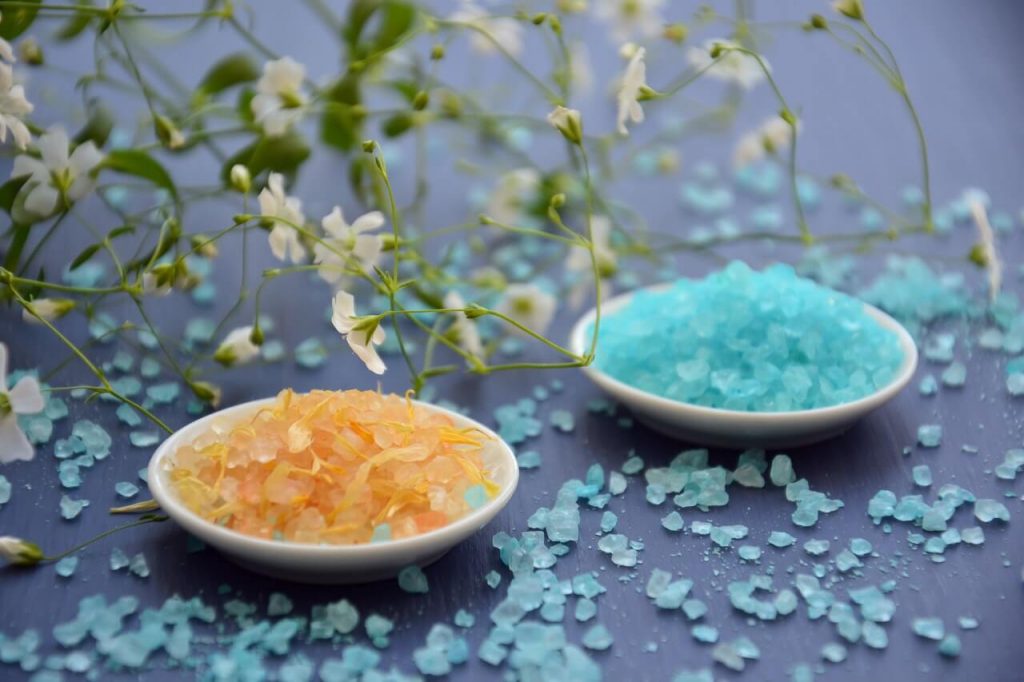
Types of Salt and Their Uses
There are an increasing number of unusual salt varieties, but for our purposes, we’re going to take a look at three common ones that should be able to work in most magickal situations.
White Salt

Kosher, iodized, table salt–any variety of white salt will serve you well. This is a common choice for things like casting a sacred circle, representing the element of earth, or invoking energies of blessing and protection.
Black Salt
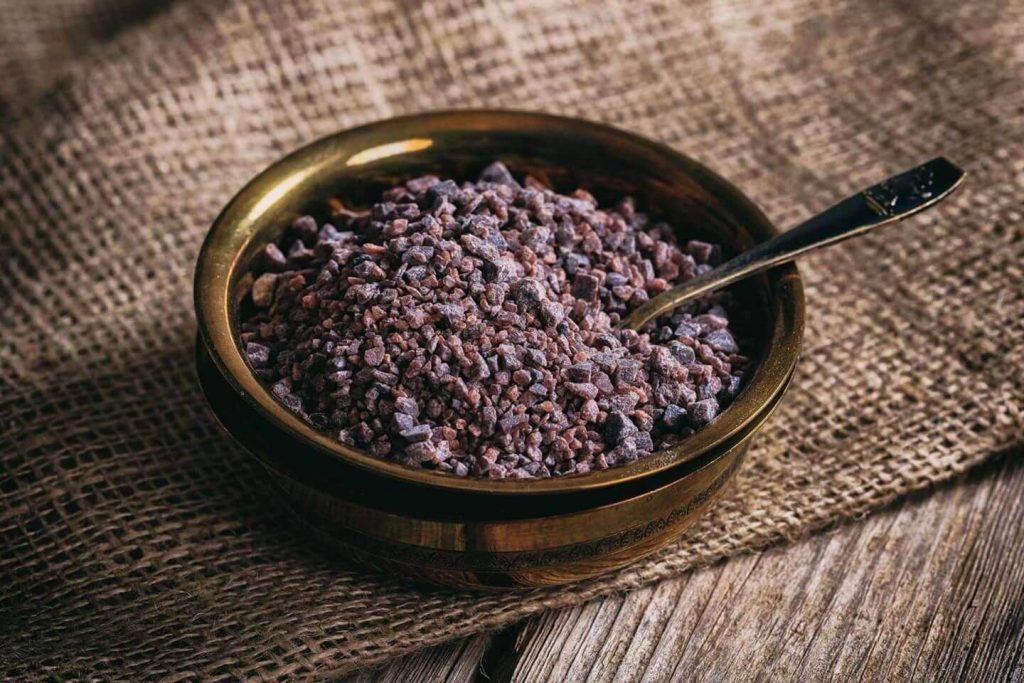
Black salt is easily available for purchase, but this is also one supply you can make yourself. However, not all varieties of black salt are safe for ingestion, so keep that in mind if you have a spell that involves using it to eat.
Black salt serves basically the opposite function of white salt–instead of blessing and invoking protection, black salt helps to banish negative energies.
Pink Salt
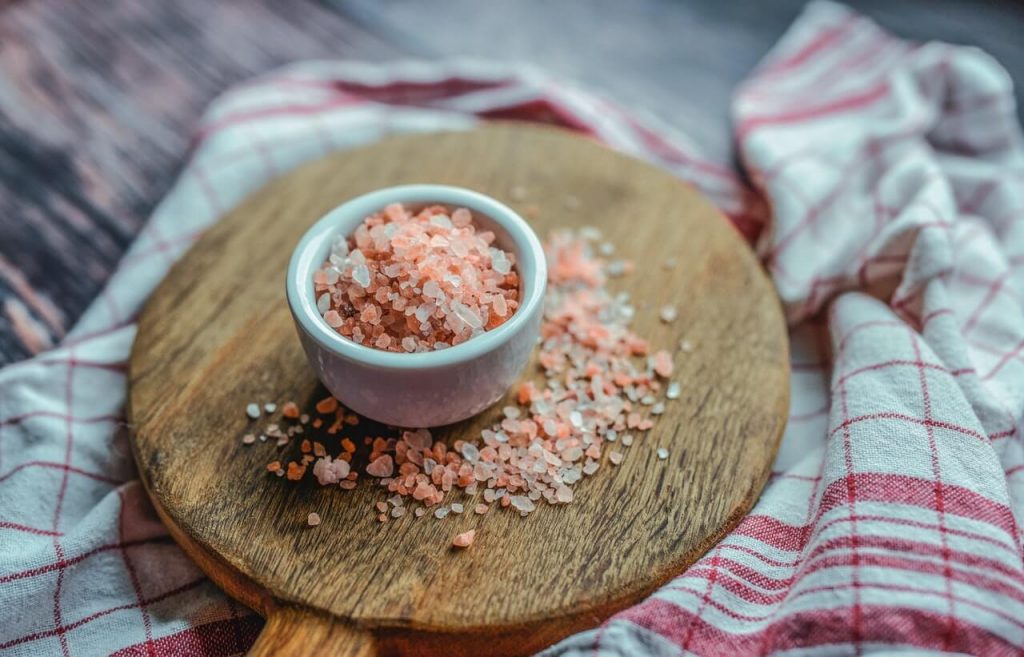
Pink salt (also known as Himalayan salt) has become a culinary fad over the past years, but it’s also usable in Wicca and witchcraft. While it can be used in most of the same contexts as white salt, it also carries with it the correspondences associated with the color pink.
What Kinds of Salt Should I Have On Hand?
If you can manage it, I would suggest buying at least a little of all three varieties we just discussed. You’ll probably be using plain white salt more than the others, so that may be a good one to stock up on.
Like I mentioned with dry herbs, the salt you already use in your home is not a good choice for working magick. You should always have some set apart for working spells specifically.
Glass Jars
Once you start using glass jars as part of your Wiccan practice, you’ll never want to give them up–and you’ll never feel like you have enough! Let’s take a look at why they’re so essential.
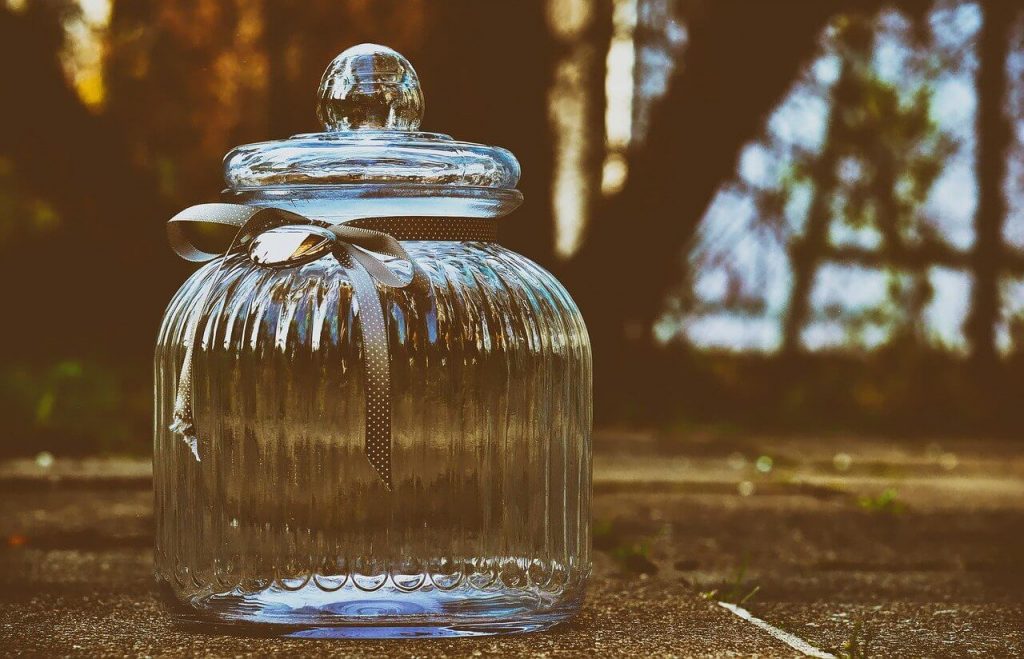
Glass Jar Uses
First, glass jars are a simple-yet-beautiful storage solution for magickal supplies. There’s nothing wrong with keeping your herbs and salt in their original containers, but they look so much nicer when stored in glass–Wicca and witchcraft are very visually oriented, after all.
However, glass jars can be perfect for making magick, too. They make great containers for tinctures, as well as other jar-based spells that have recently surged in popularity.
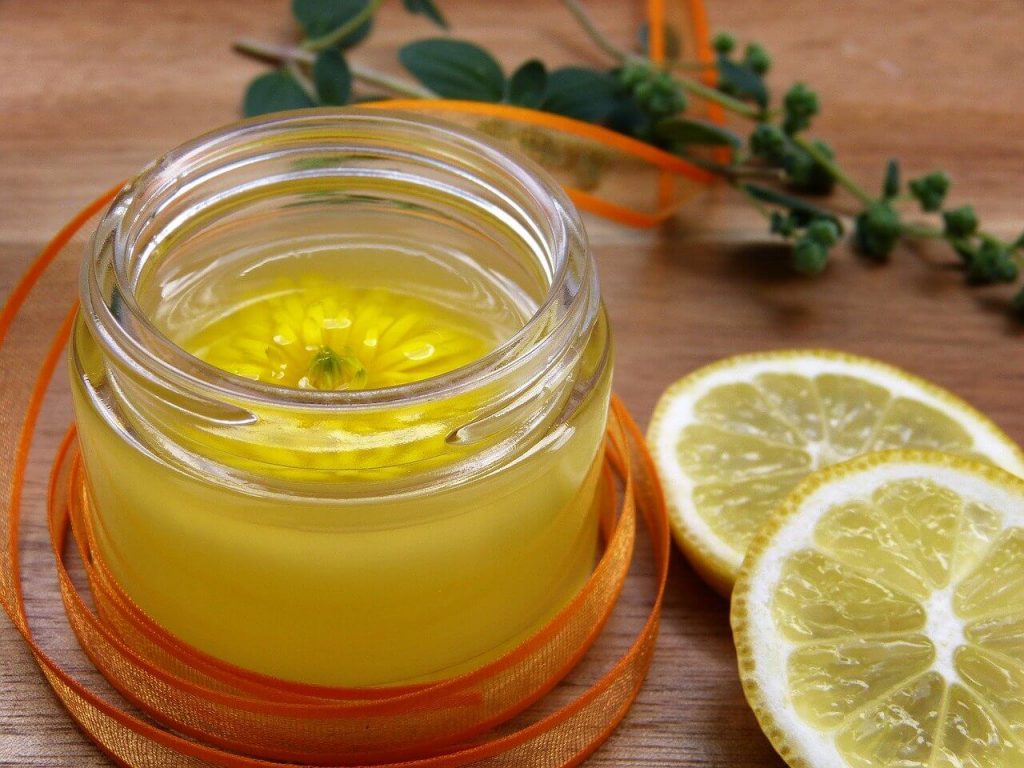
What Glass Jars Should I Have On Hand?
When it comes to jars, my biggest suggestion would be to find those that have a nice seal, especially if you’re storing items in there. You don’t want to be leaking oil all over your altar or anything!
I would also recommend getting a few glass jars of different sizes to help cover your bases. But that being said, I find that my smaller jars get used much more frequently than the really large ones.
Always Prepared. Always Witchy.
Practicing witchcraft doesn’t have to cost an arm and a leg, and I’m all about saving when there is an opportunity. However, keeping these basic Wiccan supplies on hand at all times will help to create consistency in your practice–you’ve got no excuses for not performing that spell now!
This is by no means an exhaustive list of items you’ll encounter in the world of Wicca, but these basics will cover so many of the common spell types out there. You may still have to hunt for obscure items from time to time, but you’ll never hunt for the staples again!
Read More From Explore Wicca
If you’re all stocked up and ready to go with your basic Wiccan supplies, why not check out our article on creating a Wiccan altar? It’s the perfect place to organize your growing collection of supplies!
And if you’d like more Wicca in your life on a regular basis, be sure to sign up for the Explore Wicca mailing list. You’ll be notified every time a new article goes up on the website, and you’ll be the first to know about any exciting news or offers from us.
Click here to sign up for the mailing list!
No matter what your next steps are, I’m grateful that Explore Wicca could play a small role in your spiritual journey. Until next time!
Blessed Be,
Didi Clarke




